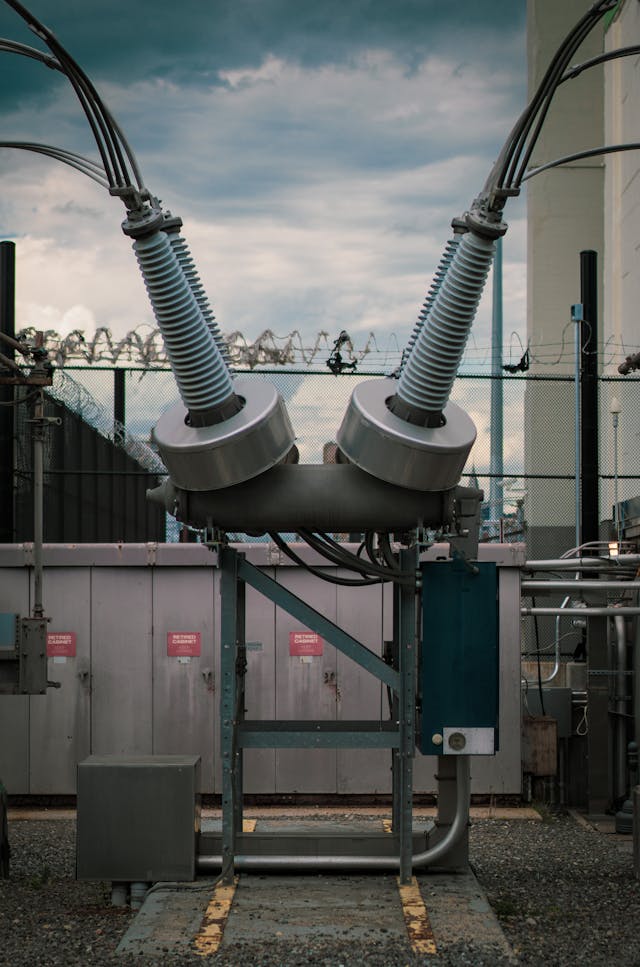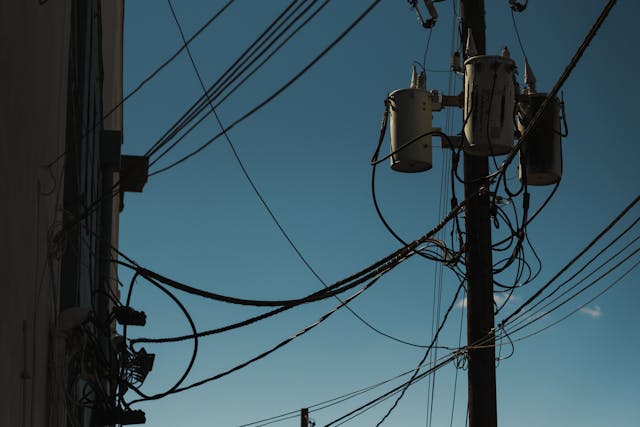Power management is essential to industrial operations. A three-phase step-down transformer might be the answer you need if your facility is experiencing high voltage issues. In order to effectively reduce high voltage electricity to levels that equipment can safely use, these transformers are essential. But how do you pick the best option for your particular needs when there are so many to choose from? Understanding these transformers is crucial to guaranteeing optimal performance and safety in your operations, regardless of whether you’re starting from scratch or upgrading current systems. Let’s examine the fundamentals of choosing the ideal three-phase step-down transformer for your needs.
Knowing the Fundamentals of Three Phase Step Down Transformers
Three-phase step-down transformers are crucial tools for lowering the usable voltage of high-voltage electricity. They efficiently transform power while preserving effective energy transfer by using the electromagnetic induction principle.
Three primary coils make up these transformers: two secondary coils provide lower voltage output, and the primary coil is connected to the input voltage. In industrial settings where dependability is critical, this design enables balanced loading across all phases.
When compared to their single-phase counterparts, 3 Phase Step Down Transformers have the distinct advantage of being more efficient and able to support heavier loads. These transformers guarantee smoother operation for both sensitive equipment and large machinery by supplying a constant power supply with less fluctuation.
A thorough understanding of their design and operation can help choose a model that is suitable for a given set of operational requirements.

Determining Your Needs for Industrial Power
Understanding your industrial power requirements is crucial for selecting the right 3 phase step down transformer. Determine the voltage levels required for your machinery and equipment first. Being clear on this point can help you save time and money because different applications call for different voltages.
The total load demand in kilowatts or amperes should then be taken into account. This covers startup currents that may increase during operation in addition to running loads.
Remember to take future expansions into consideration as well. Selecting a transformer that can handle higher loads without requiring an immediate replacement is a smart move if you expect your business to grow.
Examine the surroundings in which the transformer will be installed. Variations in humidity and temperature can have an impact on longevity and performance. Making an informed decision that is suited to the particular requirements of your facility requires an understanding of these factors.
Three Phase Step Down Transformer Types
There are several varieties of three-phase step-down transformers, each intended to meet particular industrial requirements. The Delta-Wye transformer is the most widely used. It is perfect for motor-driven systems because it reduces harmonics and produces a balanced output.
The Auto Transformer is another kind. A more compact unit results from this design’s use of fewer windings than conventional models. Although it is effective, the primary and secondary sides are not electrically isolated.
The Isolation Transformer is a good option for applications that need versatility. Although its main purpose is safety, it can also lower voltage without sacrificing functionality.
Dry-type transformers are available. These are appropriate for indoor settings with limited space or environmental concerns because they don’t require liquid cooling systems.
You can choose the best transformer to meet your operational needs by being aware of these various types.

Things to Take Into Account While Selecting a Transformer
A number of crucial considerations must be made when selecting a three-phase step-down transformer. Determine your unique voltage needs first. It is easier to select appropriate options when one is aware of the input and output voltages.
Next, think about the transformer’s power rating. It should match or slightly exceed your equipment’s demand to ensure efficiency and longevity. While overrating may result in needless cost increases, underrating can cause overheating and possible failure.
The setting in which the transformer will be installed is another important consideration. Look for models that provide better insulation and protection against extreme weather conditions, such as high temperatures or high moisture levels.
Be mindful of the installation space limitations as well. It’s a good idea to measure the available space in advance because some transformers are bulkier than others. Consider maintenance requirements as well; certain models need more care than others.
When choosing, don’t ignore the warranty terms and the reputation of the manufacturer. Quality performance and post-purchase service support are frequently guaranteed by a reputable brand.
You will be able to choose the three phase step down transformer that best fits your industrial operations if you keep these factors in mind.





